Your Guide to Medical vs Recreational Cannabis
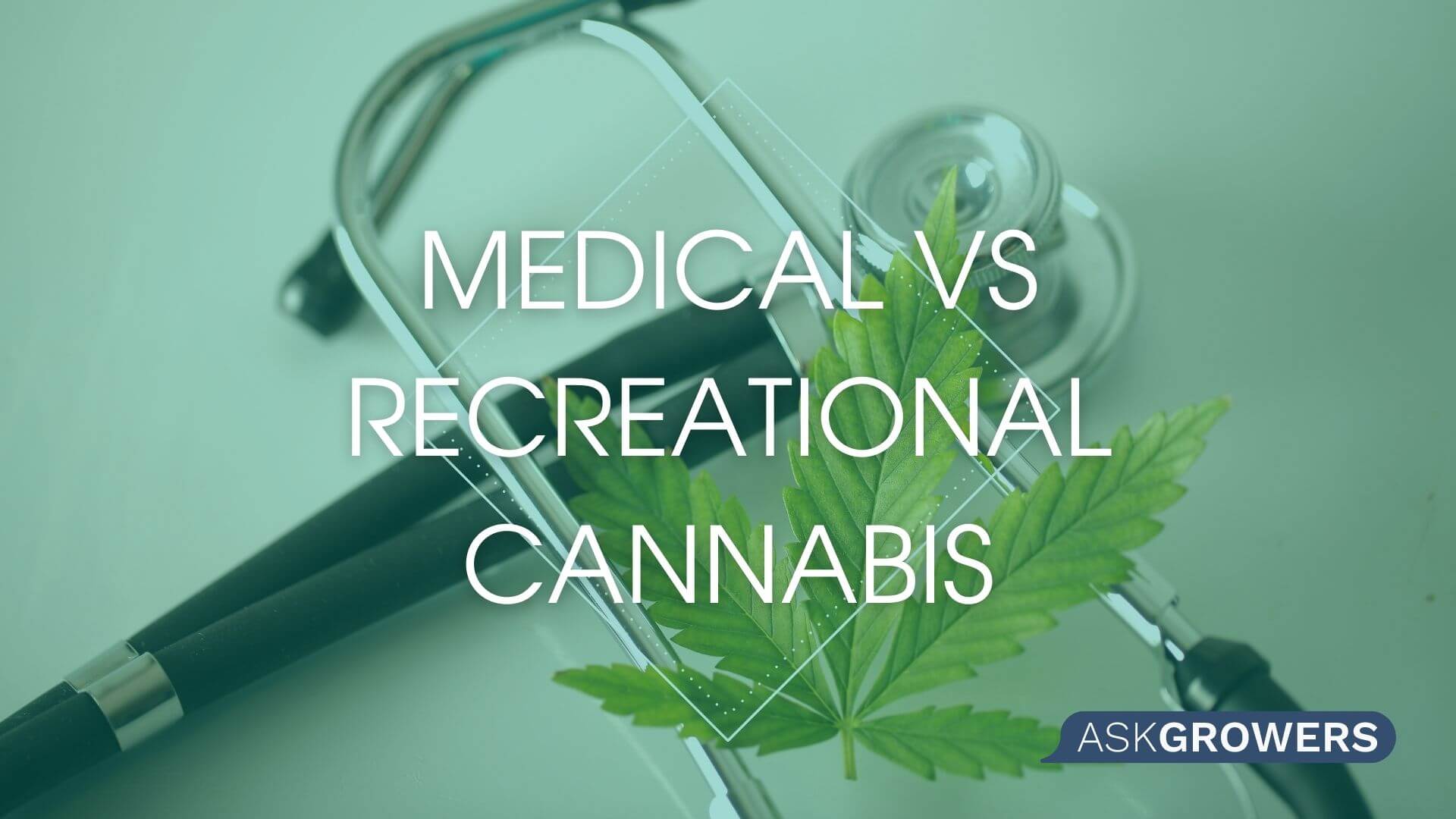
With the legalization of marijuana in different states, the use of medical and recreational weed has increased at a rapid speed. A report published in 2019 by Statista reveals that there are more than 219 million users worldwide that consume cannabis for recreational activities. Also, the report further uncovers that the use of edibles for medicinal purposes has seen a rise. Therefore, marijuana is prevailing as the recreational and medical industry as well as public support.
If you are new to the weed industry, you probably don’t know the difference between medical and recreational cannabis. Find out the legal age, shopping experience, use, and other valuable information related to medical and recreational marijuana.
What Is the Difference Between Medical and Recreational Cannabis?
Authorized by HealthCare experts, medical cannabis can be used to help with various health symptoms. By adjusting a fair amount of weed consumption, one can maintain or improve the state of relief. The plant has active cannabinoids and terpenes that help to reduce the pain or symptoms in various defined medical conditions. Also, you can buy weed for medical uses only when prescribed by a healthcare executive, allowing you to obtain the edibles from a licensed producer or grow it. Medical cannabis should have a high amount of CBD and usually a low percentage of THC. Though, THC levels can vary.
If you consume marijuana without any medical justification, it is used for recreational activities. In other words, recreational cannabis is for personal use without any prescription from a healthcare expert. You can consume weed by a joint, blunt, spliff, pot, and many other ways just to reach a ‘high’ state.
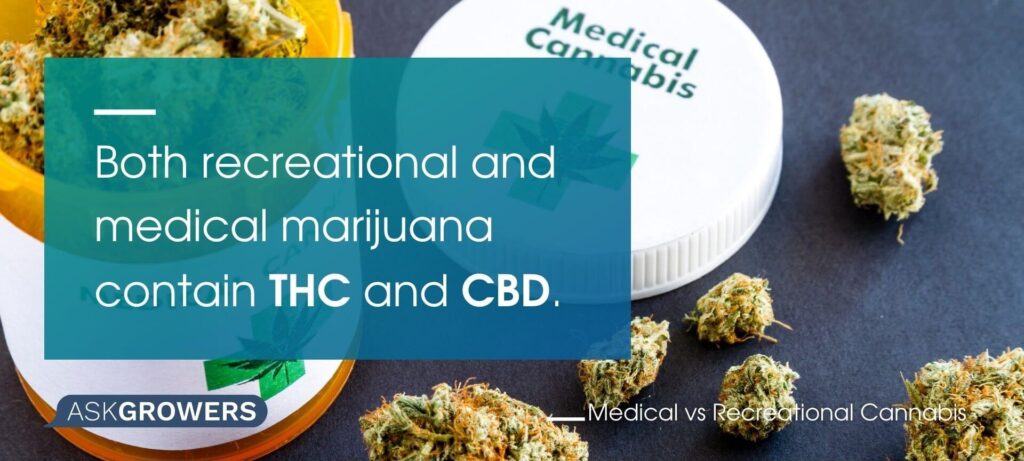
Both recreational and medical marijuana contain THC and CBD. To fully understand the difference between medical and recreational, let’s understand what THC and CBD are and how they fit in both types of cannabis.
Read Also: Battle Of Cannabinoids: THC Versus CBD
What’s the Difference Between THC and CBD?
The most significant compound present in cannabis is cannabinoids. Interestingly, the human brain produces cannabinoids that work and perform the same tasks related to emotions, sleep, movement, and appetite like the one in marijuana. The two active ingredients in cannabinoids are THC (tetrahydrocannabinol) and CBD (cannabidiol).
Here are the major differences between the two:
High
THC is a psychoactive compound that delivers the ‘high’ state, while CBD is a substance that doesn’t provide any psychoactive effects but is potentially therapeutic in nature. So, basically, recreational marijuana has a greater portion of THC. So, if you wish to get ‘high’, you consume recreational weed. However, it should be noted that although medical cannabis has high CBD, it doesn’t imply it has a low concentration of THC.
Psychoactive effects
Recreational marijuana has proven psychoactive elements that directly alter brain functions and results in changes in consciousness, mood, perception and thoughts, and behavior. These psychoactive effects are due to a greater density of THC strains. CBD is not responsible for creating such effects. However, cannabis with higher CBD strains is used to acquire health advantages with therapeutic effects.
Side Effects
CBD strains are anti-anxious agents. Whereas medical cannabis with more CBD tends to provide relief from anxiety disorders.
Effect on Sleep
The other major difference between CBD strains and THC strains is that the former is known to cause energy-boosting effects while the latter one induces sleep. So, if you are a recreational weed consumer, it can help you sleep well. However, if you are taking medical cannabis, you may fight tiredness and boost your energy levels.
Now when you know the difference between recreational and medical cannabis, Let’s discuss the uses of marijuana for medical purposes.
The most popular cannabis seeds with high THC
What Are the Uses of Medical Cannabis?
Most people are familiar with using marijuana recreationally to obtain a high. When it comes to medical uses, the CBD levels in marijuana play an important role. Medical cannabis strains are often rich in CBD and this is what will provide health benefits. How is marijuana used medically? There are many ways. Here, you can learn about the different uses of cannabis and gain a better understanding of medical vs recreational marijuana.
When comparing medical marijuana vs recreational marijuana, you will find that medical cannabis is higher in CBD, which will offer therapeutic effects without a high.
TOP low THC weed seeds
Assist with Neurological Symptoms
Cannabis has been used to help with a variety of neurological symptoms for hundreds of years. Today, it is widely used for patients that have multiple sclerosis. Patients have shown improvement in pain and spasticity without any disabling measures. Medical cannabis is also used for those that have epilepsy. In 2018, a pharmaceutical drug called Epidiolex was approved for the treatment of Lennox-Gastaut and Dravet syndromes, two major forms of epilepsy. This drug contains extracts from marijuana and was the first to be approved by the FDA.
Medical marijuana can also be used to help with muscle weakness, depression, and decreased alertness that are often common with neurological disorders. Various strains can be used and can all provide beneficial effects. In regards to epilepsy and multiple sclerosis, strains that are high in CBD and low in THC will be most effective.
Glaucoma Treatment
Glaucoma is an optic nerve disease that affects the nerves connecting the eye to your brain. It can result in vision loss and possible blindness. Most cases of glaucoma also include high pressure on the inside of the eye.
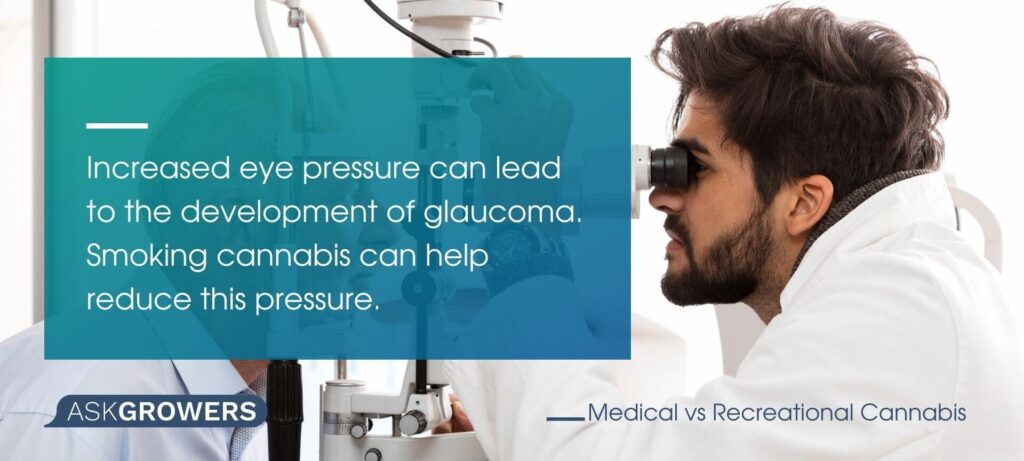
Cannabis use can be beneficial as a treatment as it has the ability to reduce that pressure. Smoking medical cannabis is one form of treatment, but there are also medical eye or mouth drops that contain THC.
Parkinson’s Disease
Parkinson’s is a permanent condition that has profound effects on your nervous system. It is a progressive disease that causes stiffness, speech difficulties, changes in posture, and tremors. The medical usage for marijuana has been shown to offer some relief to those with Parkinson’s. Some of the possible benefits include relief of pain, better sleep, improved mood, reduction of tremors, and ease in movement.
The reason medical cannabis is often used by patients with PD is because of the muscle-relaxing effects. Many find that using cannabis can provide relief and is a safer alternative to pharmaceutical medications. Many prescribed medications can cause unwanted effects like constipation, swelling of the joints, insomnia, nausea, and hallucinations.
Various studies are still being conducted on the effects of medical marijuana on Parkinson’s. In a 2014 study, 22 study participants receiving relief from tremors and pain within 30 minutes after smoking.
Relief From Cancer Symptoms
Many studies have been performed to see whether marijuana can benefit those battling cancer. Some studies have shown that cannabis can be useful when treating nausea that chemo treatments can cause. Neuropathic pain can also be managed with inhaled marijuana. One of the more recent find from cancer studies is that THC and CBD can slow the growth of cancer cells that were grown in lab dishes. Animal studies have also been performed with the same result.
Medical Marijuana Recommendation
There is a difference between medical marijuana and recreational use. If you are in need of medical marijuana to assist with symptoms, you can obtain a recommendation from a doctor. You will have to legally apply for and be approved for a medical marijuana card in the state in which you reside. This card will allow you to purchase and possess medical marijuana.
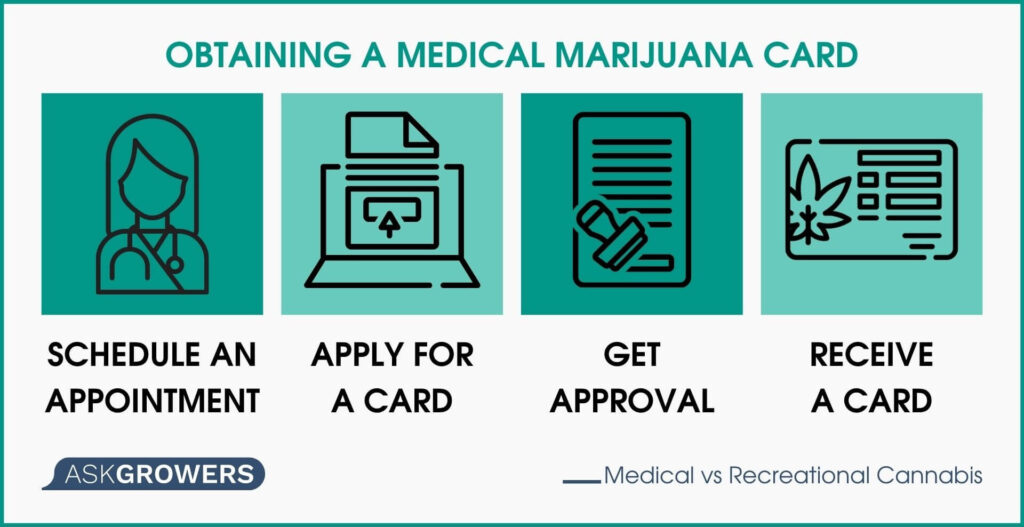
When addressing this with a HealthCare expert, you will be informed of the strains that are best for treatment of symptoms as well as the dosage. When it comes to medical vs recreational weed, you will find that medical marijuana usually has a higher amount of THC. Due to this, your healthcare provider will discuss the best way to consume the drug and how much is recommended to achieve desired effects.
What Is the Legal Age to Consume Cannabis?
Today, marijuana is legalized in many states across the US. Since there are major concerns about minors consuming cannabis for recreational activities, the jurisdictions have imposed an age limit. This is done in the same way as there is a strict age limit to buy or consume alcohol.
Varying from area to area, the minimum age can be 18 years to 21 years. This is a fact to be noted that the age restriction is limited considering the traits and effects of weed on minors and adults.
There are multiple states that allow legal medical marijuana use. You can find these below along with the possession limit that is in place.
| Alaska | 1 oz, 6 plants (3 mature, 3 immature) |
| Arizona | 2.5 oz per 14 days, 12 plants |
| Arkansas | 2.5 oz per 14 days |
| California | 8 oz, 6 mature or 12 immature plants |
| Colorado | 2 oz, 6 plants |
| Connecticut | 2.5 oz |
| Delaware | 6 oz |
| District of Colombia | 2 oz dried |
| Florida | 35 day supply |
| Hawaii | 4 oz, 10 plants |
| Illinois | 2.5 oz per 14 days |
| Louisiana | 1 month supply |
| Maine | 2.5 oz, 6 plants |
| Maryland | 30 day supply |
| Massachusetts | 60 day supply (10 oz) |
| Michigan | 2.5 oz, 12 plants |
| Minnesota | 30 day supply non-smokable |
| Mississippi | 2.5 oz |
| Missouri | 4 oz per 30 days, 6 plants |
| Montana | 1 oz, 4 plants, 12 seedlings |
| Nevada | 2.5 oz, 12 plants |
| New Hampshire | 2 oz per 10 days |
| New Jersey | 3 oz |
| New Mexico | 6 oz, 16 plants (4 mature) |
| New York | 30 day supply non-smokable |
| North Dakota | 3 oz per 14 days |
| Ohio | 90 day supply amount TBD |
| Oklahoma | 3 oz, 12 plants |
| Oregon | 24 oz, 24 plants |
| Pennsylvania | 30 day supply |
| Rhode Island | 2.5 oz, 12 plants |
| South Dakota | 3 oz, 3 plants |
| Utah | 113 grams unprocessed |
| Vermont | 2 oz, 9 plants |
| Virginia | 90 day supply |
| Washington | 8 oz, 6 plants |
| West Virginia | 30 day supply |
Workplace Tolerance – Recreational vs Medical Cannabis
With cannabis being legalized in many states, it is important to understand how this can affect your job. Even if you have a medical marijuana card and are legally allowed to possess and consume cannabis, it may not be tolerated at your job. Companies across the country still have a strict policy against drug use. Many companies will require employees to pass drug tests that can be performed at random, and some even have a pre-screening done before hiring anyone.
The tolerance policy set by a company will not alter whether you are medically allowed to use marijuana or not. Since the consumption of the drug can impair cognitive and physical functioning, employees who use cannabis can be a liability. Employers have the right to refuse employment or terminate employers who test positive for cannabis.
Recreational vs medical cannabis will not make any difference here. If you test positive for cannabis and your workplace has a zero-tolerance policy, your job may be in jeopardy.
Conclusion
Recreational and medical marijuana have different traits and different purposes. So, you should learn about the components of these edibles, including THC and CBD. Also, if you are new to weed, keep yourself informed about the negative effects and precautions you can take to avoid or minimize them. Medical cannabis can treat a defined number and type of diseases, and therefore, should be taken only if your physician or healthcare executive recommends you.

 Industry
Industry
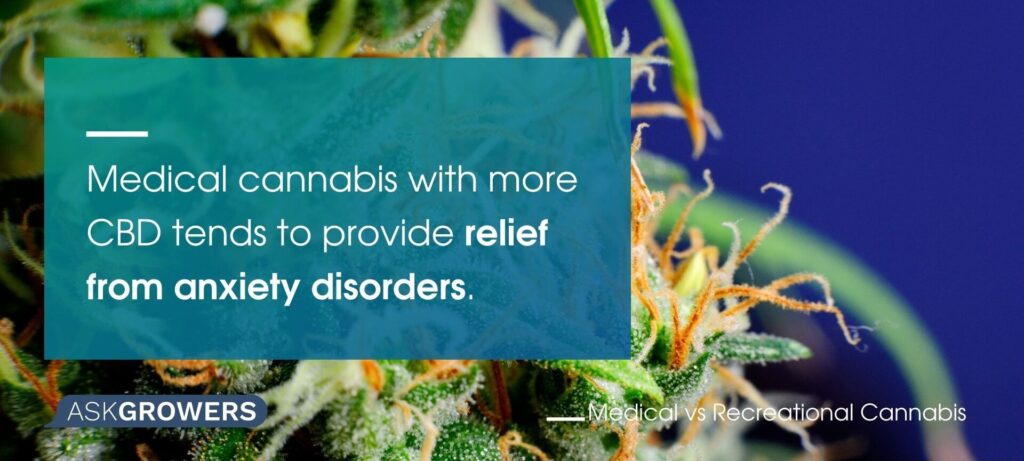

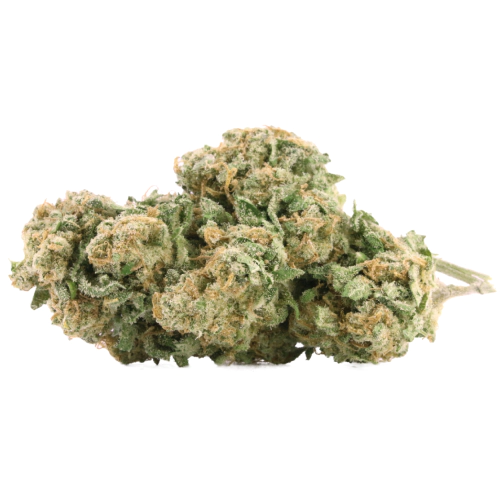
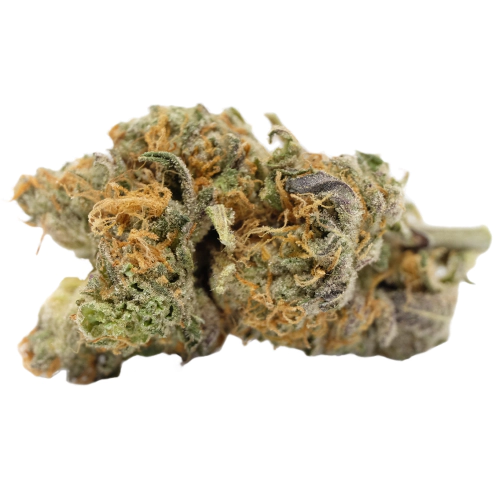
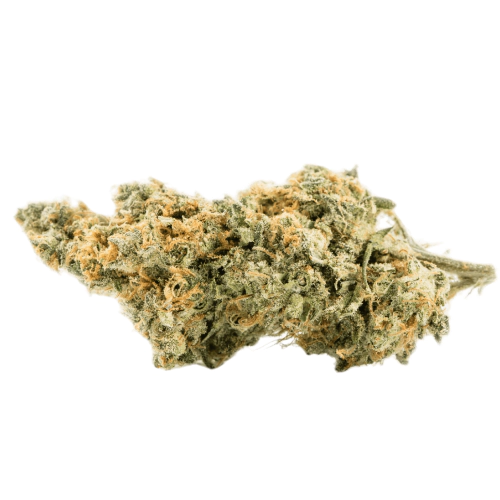
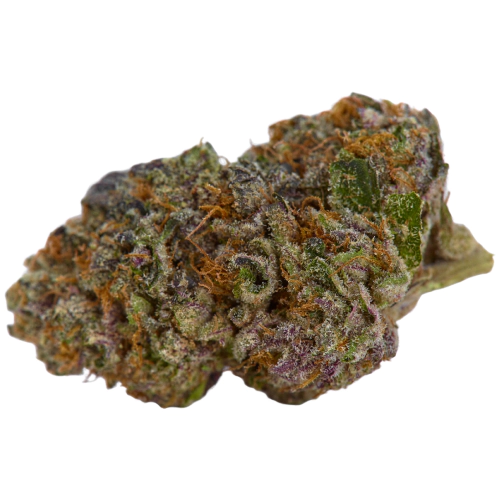
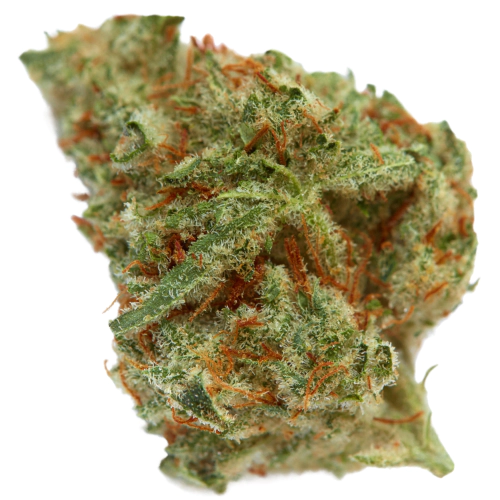

.jpg)
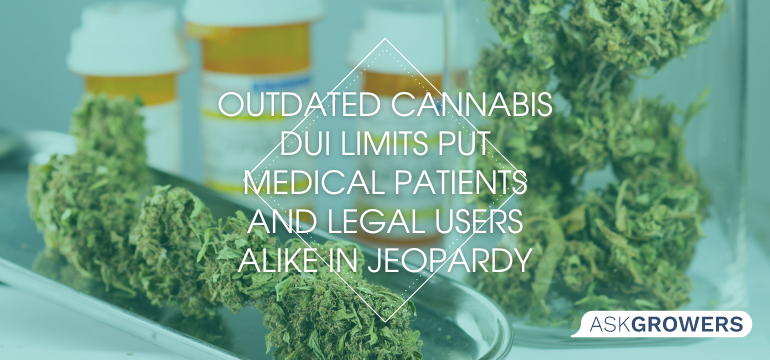
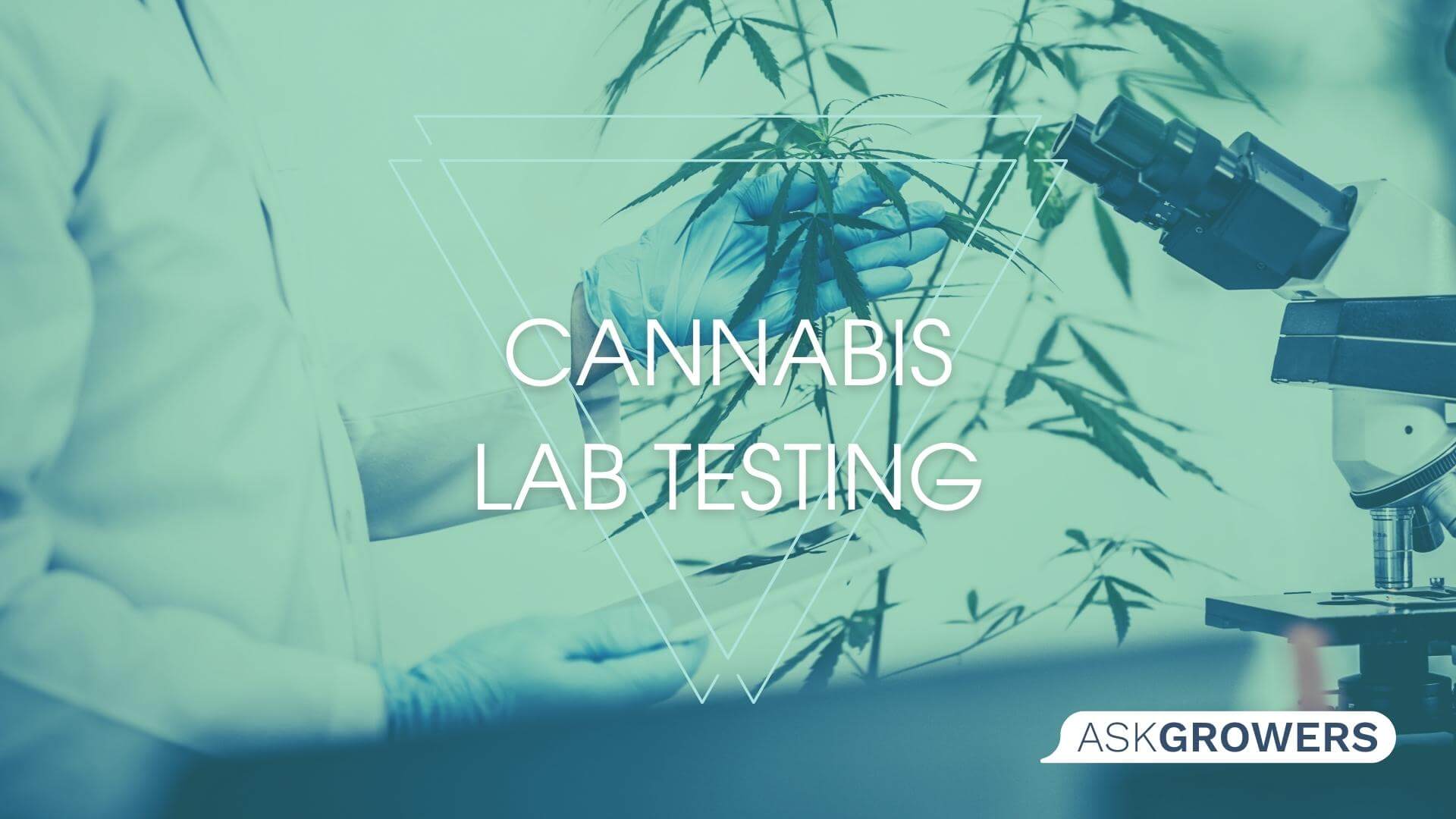

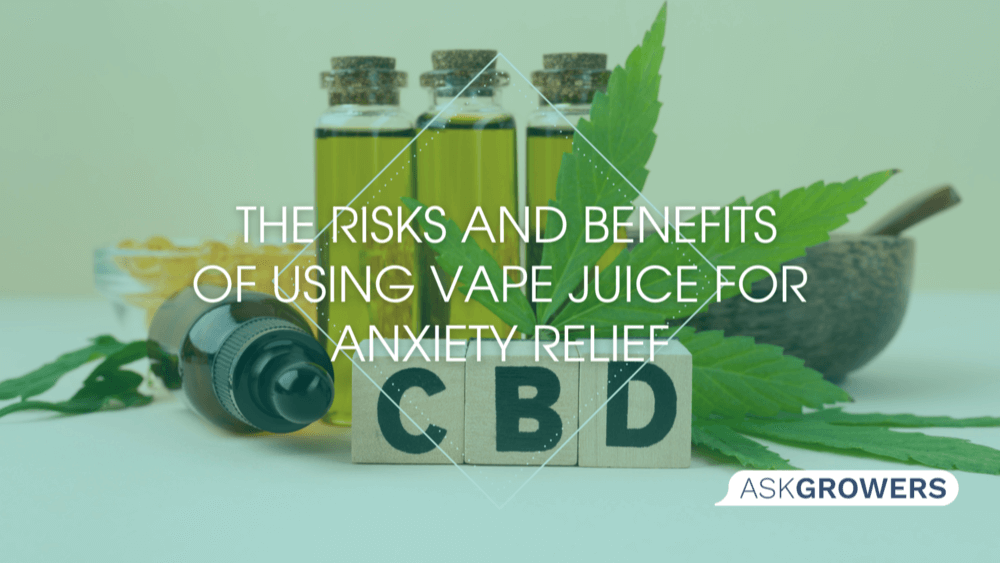

 (1).png)
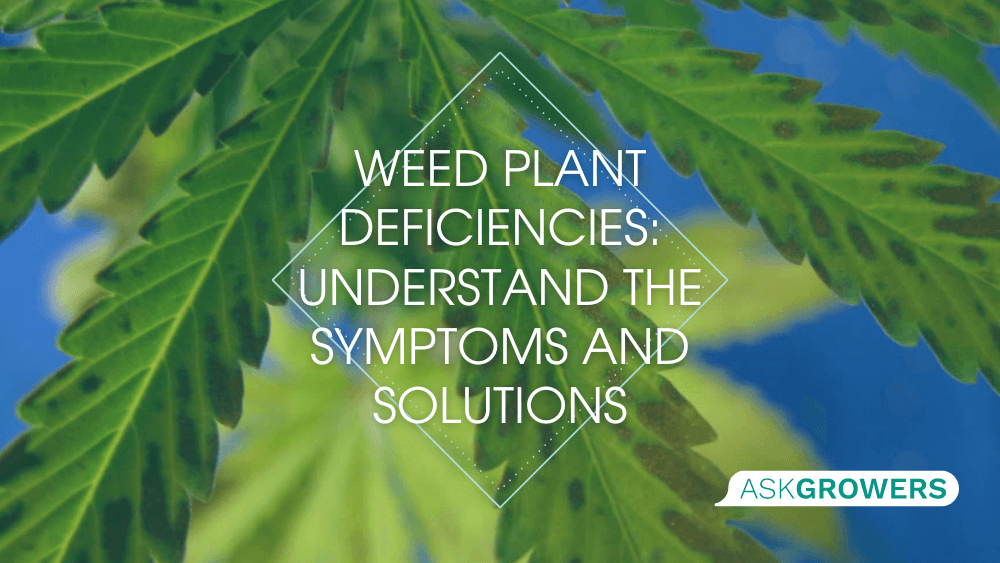

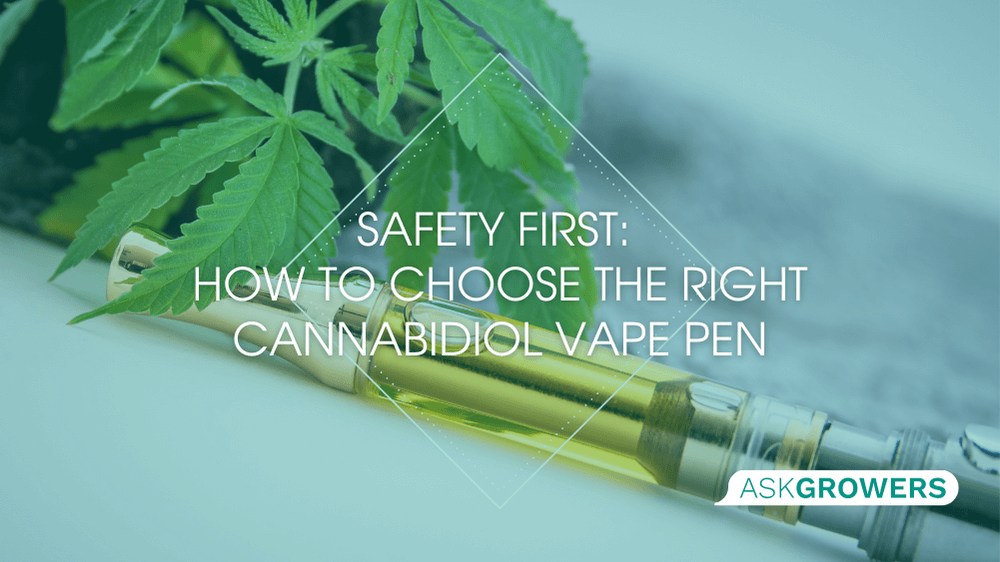
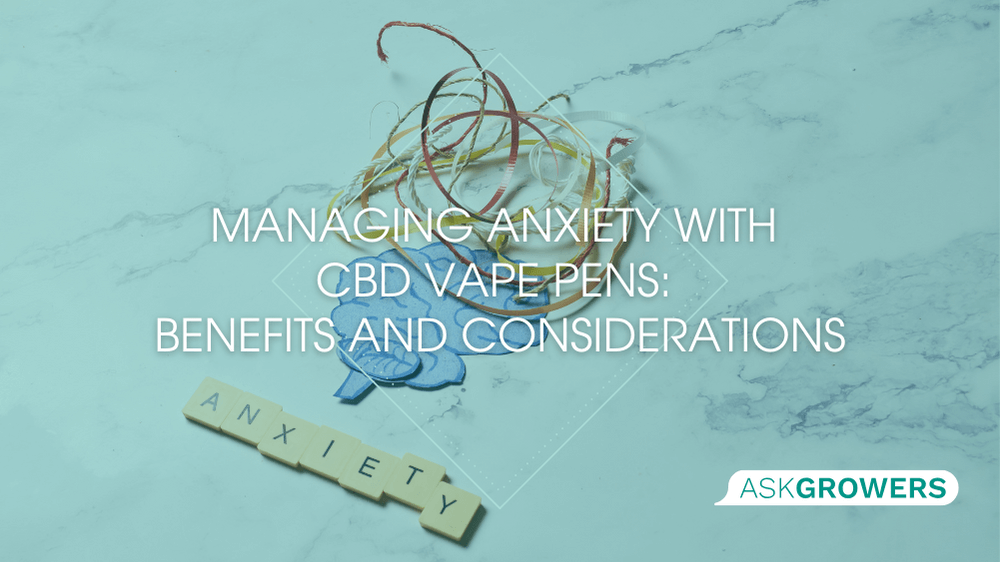
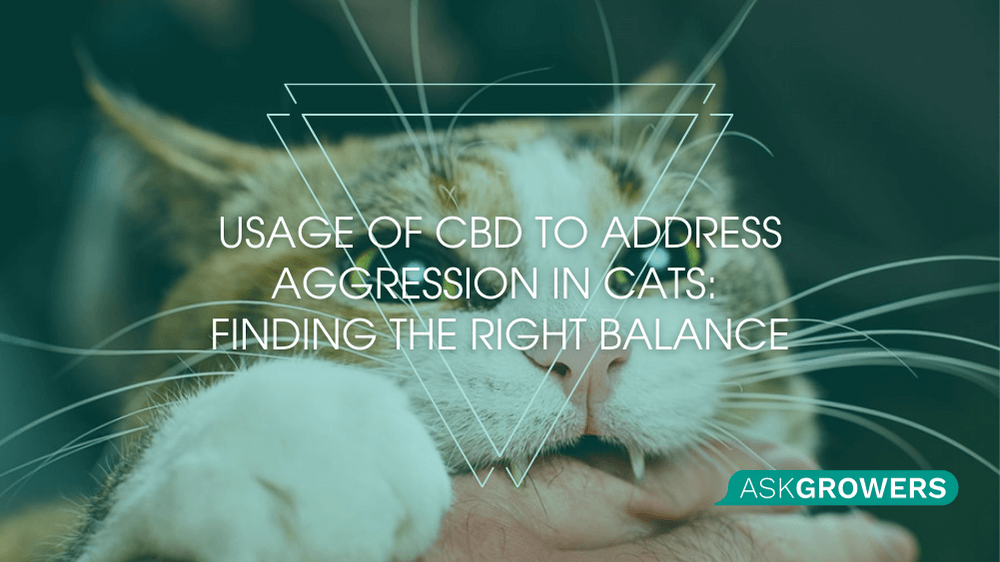
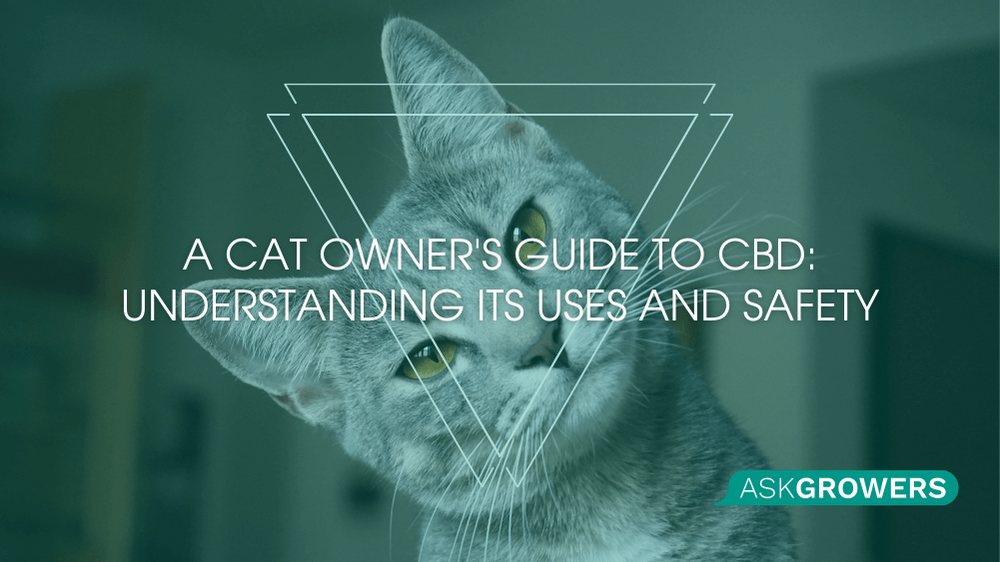
Be the first and share your opinion
Write a Review